The Rocky Mountains, often called the "Backbone of North America," are more than just a lineup of majestic peaks.
Hidden within them are some of North America's top national parks. Have you ever dreamt of standing in Yellowstone, watching geysers shoot up into the sky?
Or gazing at the frozen beauty of Glacier National Park? These spots aren't just postcard-perfect; they're pages of history.
This article will spotlight six standout national parks in the Rockies. Along with breathtaking views, we'll share their stories and toss in some useful visitor tips.
It's like having a laid-back chat with a friend about the most awe-inspiring places. Excited to jump in? Let's get started!
1. Yellowstone National Park
As you transition from the bustling outside world into the serene realm of geothermal wonders, you step into America's first national park, Yellowstone, established in 1872.
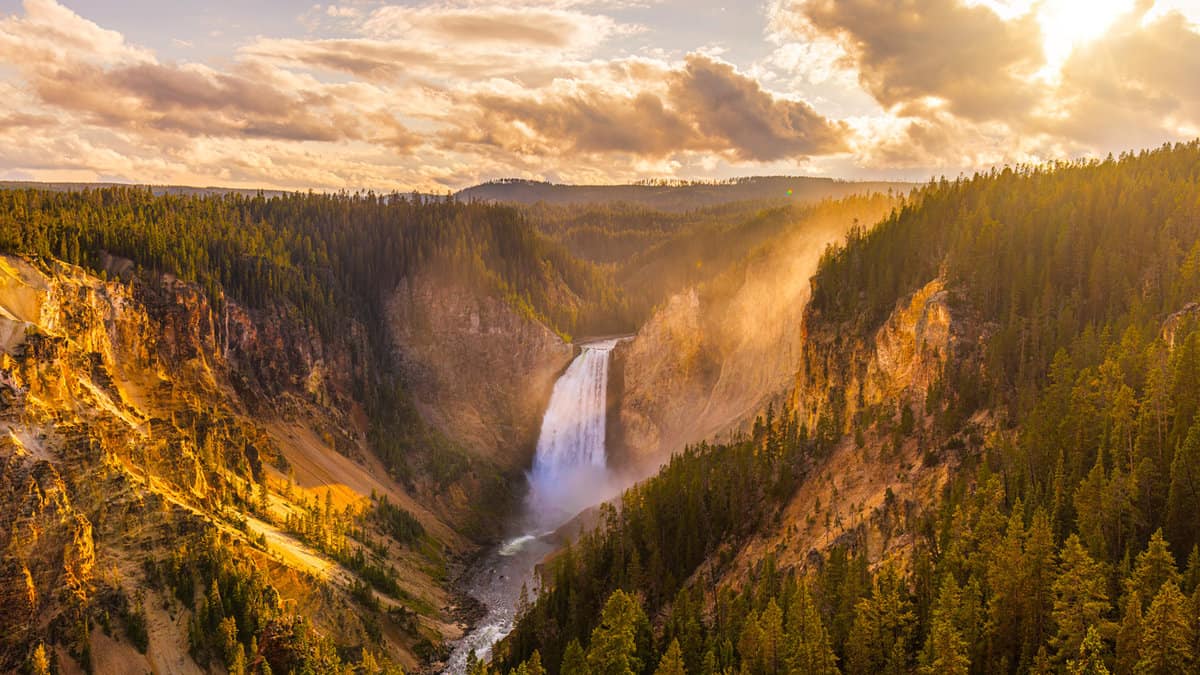
Spanning over 2.2 million acres across Wyoming, Montana, and Idaho, this park hosts many unique geological features and diverse wildlife.
Getting there is easy, with airports in Bozeman, Montana, and Jackson, Wyoming, being the nearest, followed by a scenic drive to the park's entrance.
Visitors can marvel at the iconic Old Faithful geyser within its vast terrain.
And if you're keen on discovering more incredible geysers, don't miss this guide: "Top 7 Geysers To See In Yellowstone National Park."
Additionally, ranger-led programs offer insights into the park's geology and ecology.
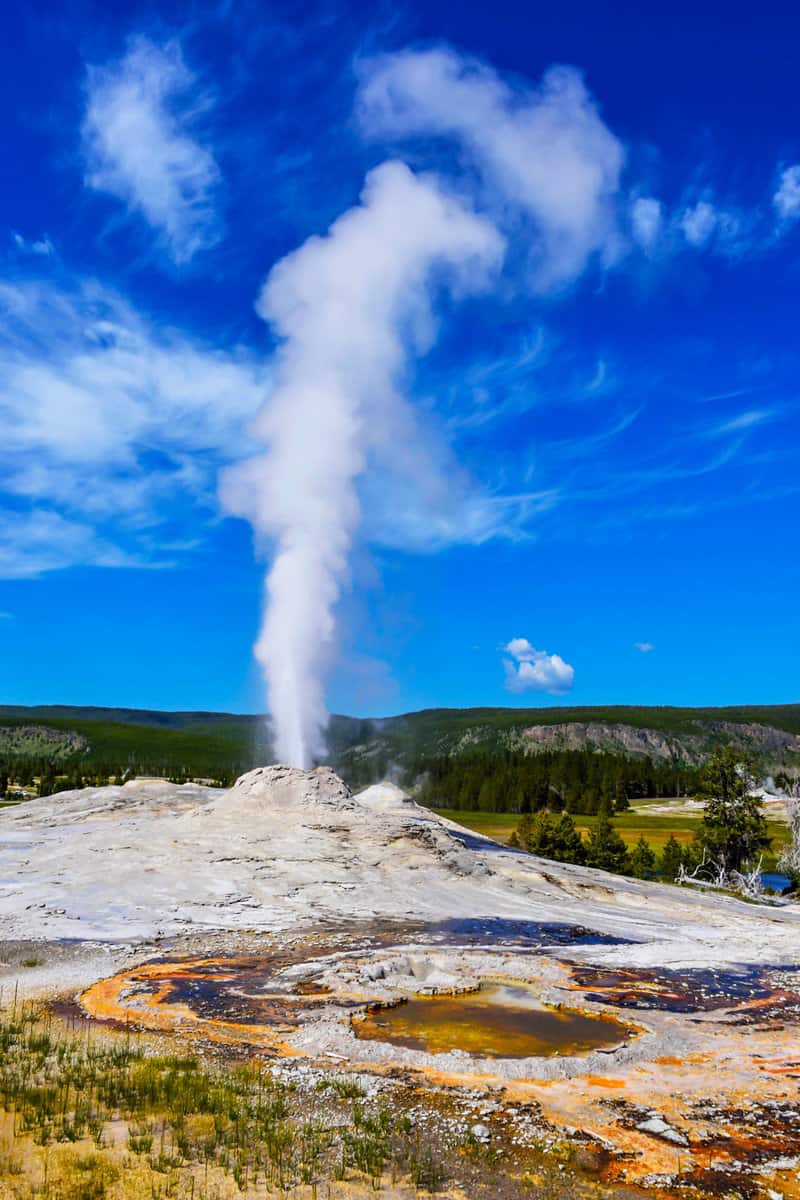
Wildlife enthusiasts will revel in spotting bison, elk, and possibly a grey wolf or grizzly bear from a safe distance.
To discover more species in this vibrant habitat, check out this: Discover the Largest Collection of Mammals in the Lower 48 States: Yellowstone’s Wildlife.
Before heading out, remember to check road conditions, especially in winter, and adhere to all safety guidelines to ensure a memorable and safe visit.
For further winter-specific advice in Yellowstone, refer to this guide: 10 Essential Tips For Exploring Yellowstone In Winter.
2. Grand Teton National Park
Transitioning from the geothermal marvels of Yellowstone, the rugged landscape of Grand Teton National Park awaits, dominated by the towering Teton Range.
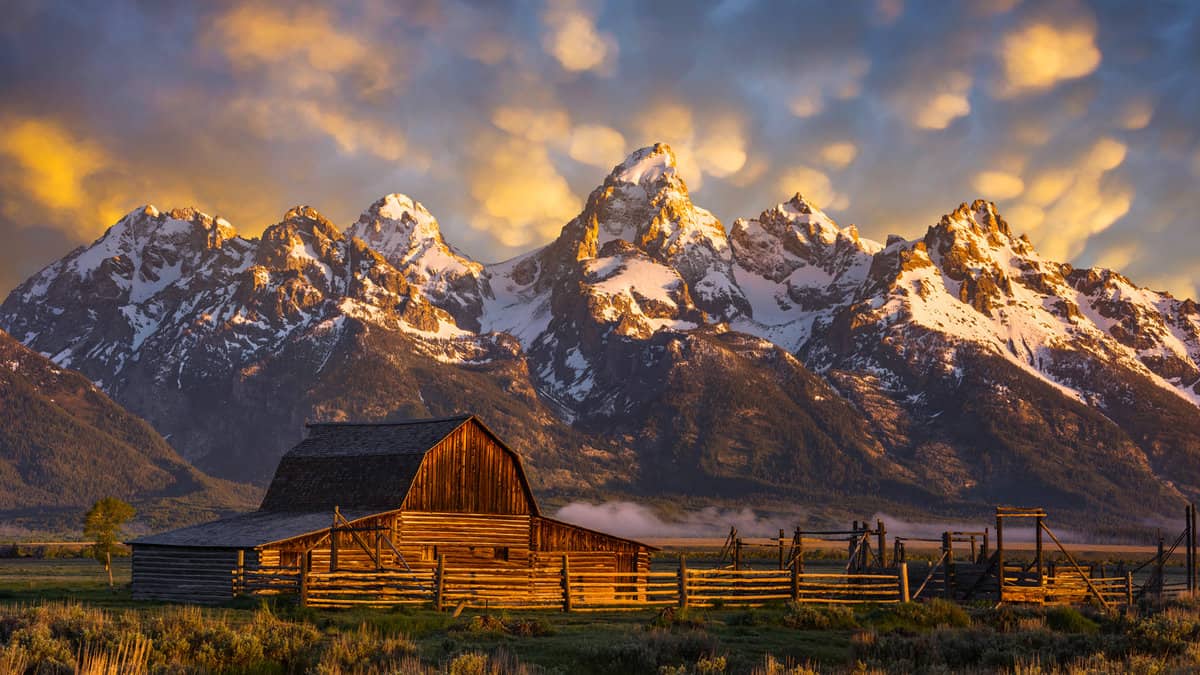
Established in 1929, the park encompasses pristine lakes, alpine terrain, and a rich array of flora and fauna.
The closest airport is in Jackson, Wyoming, with a direct drive covering 23.6 miles and taking approximately 40 minutes in regular traffic.
Visitors can indulge in hiking, boating, or fishing amidst dramatic mountain peaks.
Spotting wildlife such as moose, pronghorn, and bald eagles is an everyday delight, while the flora paints a colorful canvas, especially in spring and summer.
Before visiting, it’s wise to make lodging reservations and be prepared for rapidly changing weather conditions.
3. Glacier National Park
Heading northward, the pristine wilderness of Glacier National Park, often referred to as the "Crown of the Continent," unfolds over a million acres in Montana.
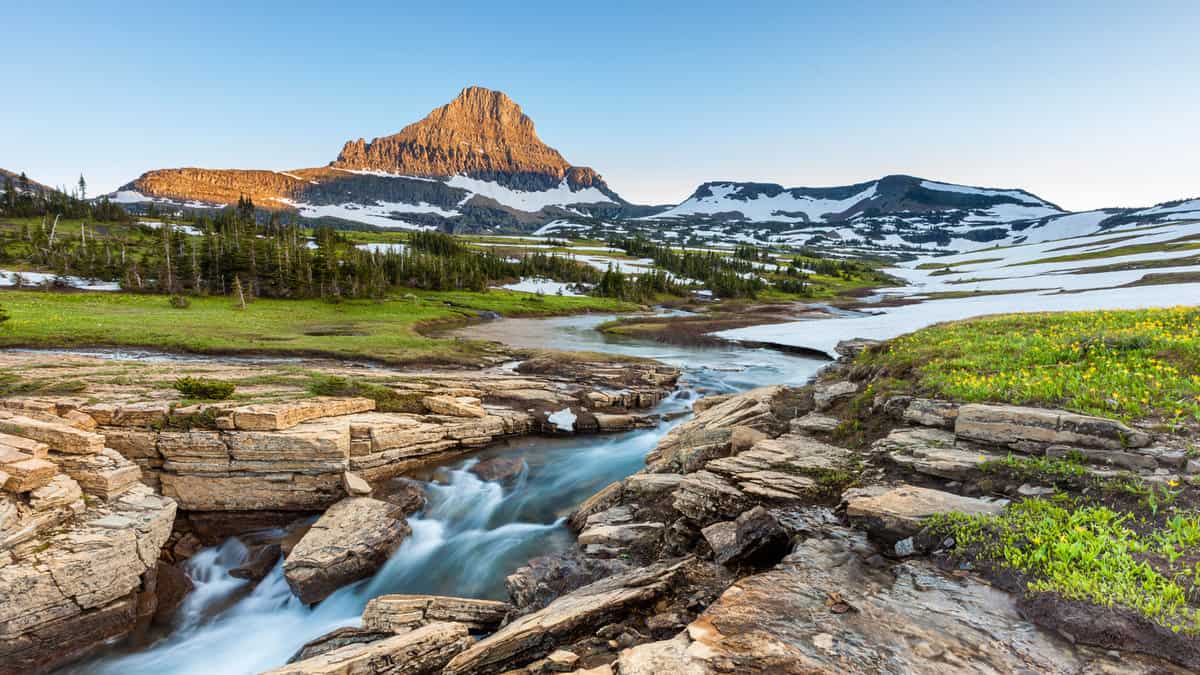
Established in 1910, the park is home to glacial-carved valleys and peaks, with Going-to-the-Sun Road offering a breathtaking drive through the park's heart.
The nearest airports are in Kalispell and Great Falls, Montana. Hiking is a hallmark activity here, with over 700 miles of trails leading to stunning vistas and serene lakes.
The park is a haven for wildlife, including grizzly bears, mountain goats, and moose, while the diverse vegetation varies from dense forests to alpine meadows.
It's crucial to be bear aware, carry bear spray, and adhere to other safety recommendations.
For a well-planned visit, check out our post: "Glacier National Park Itinerary For 3 Days," a guide curated to enhance your park experience.
4. Rocky Mountain National Park
As the journey continues south, the high-altitude haven of Rocky Mountain National Park in Colorado unveils a landscape of mountainous beauty.
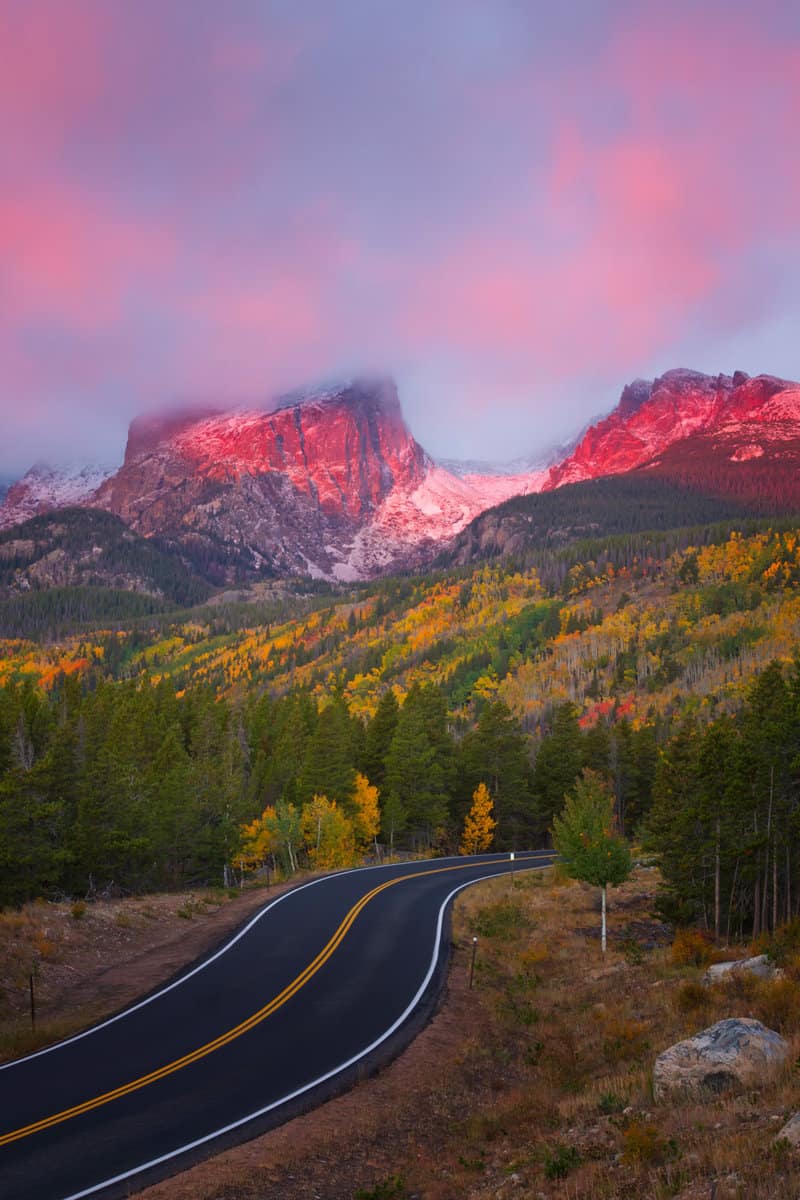
Established in 1915, it covers 265,807 acres, featuring majestic peaks, wildflower-filled meadows, and crystal-clear lakes.
The nearest airport is Denver International Airport, with a scenic 2-hour drive leading to Estes Park, the gateway to Rocky Mountain National Park.
The park is a haven for outdoor enthusiasts, with hiking, wildlife watching, and the scenic Trail Ridge Road drive topping the list of activities.
As you wander, keep an eye out for the park's residents: elk, bighorn sheep, and mule deer.
And if spotting elk is high on your list, our article, "Where to See Elk in Rocky Mountain National Park," offers specific locations to enhance your chances.
For those planning a visit, remember to check the weather forecast, dress in layers, and stay hydrated to make the most of your adventure.
5. Black Canyon of the Gunnison National Park
Drawing closer to the rugged heart of Colorado, the dramatic cliffs and craggy spires of Black Canyon of the Gunnison National Park stand as a testament to the forces of erosion.
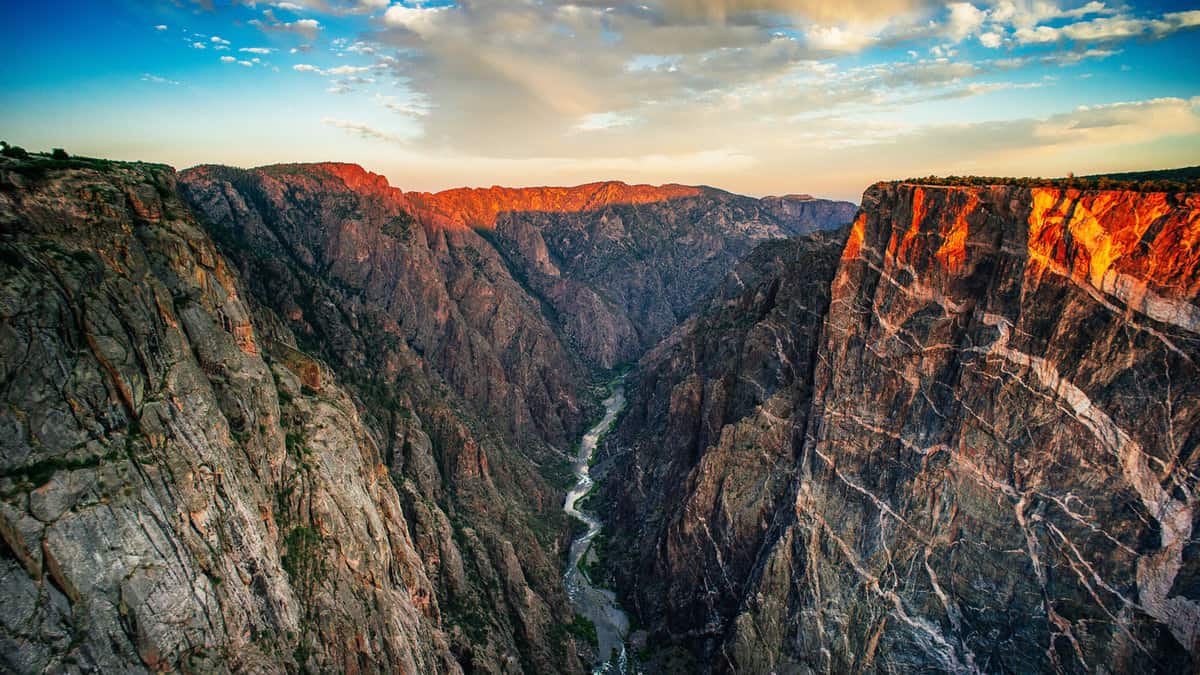
Established in 1999, this relatively young park offers unique, rugged beauty with some of North America's steepest cliffs and oldest rocks.
The nearest airports are Montrose Regional Airport in Colorado and Grand Junction Regional Airport, with car rentals available for the drive to the park.
Hiking, rock climbing, and scenic drives along the canyon rim are popular activities.
The park hosts a variety of bird species, and the Gunnison River below teems with trout for those interested in fishing.
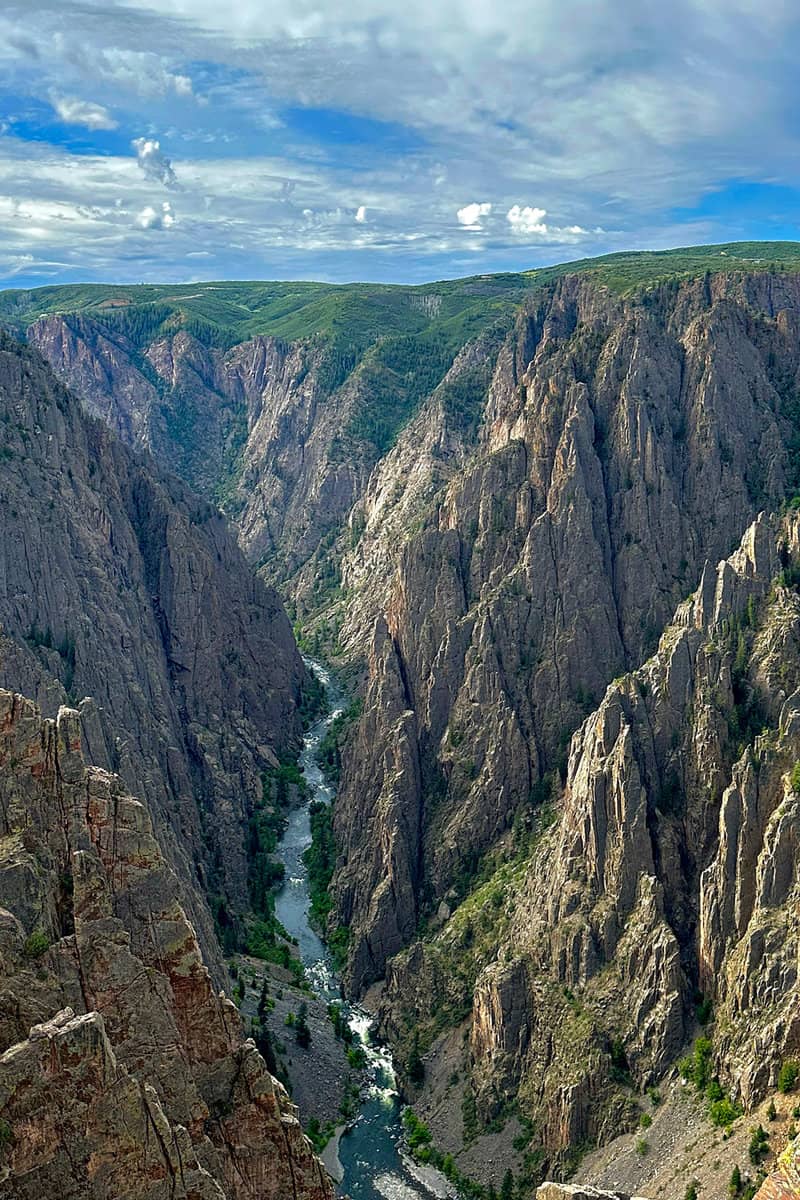
Preparing for a lack of cell service and packing plenty of water and snacks are advisable for a smooth visit.
6. Great Sand Dunes National Park and Preserve
Finally, the journey leads to the surreal landscape of Great Sand Dunes National Park and Preserve in Colorado, where towering sand dunes nestle against snow-capped peaks.
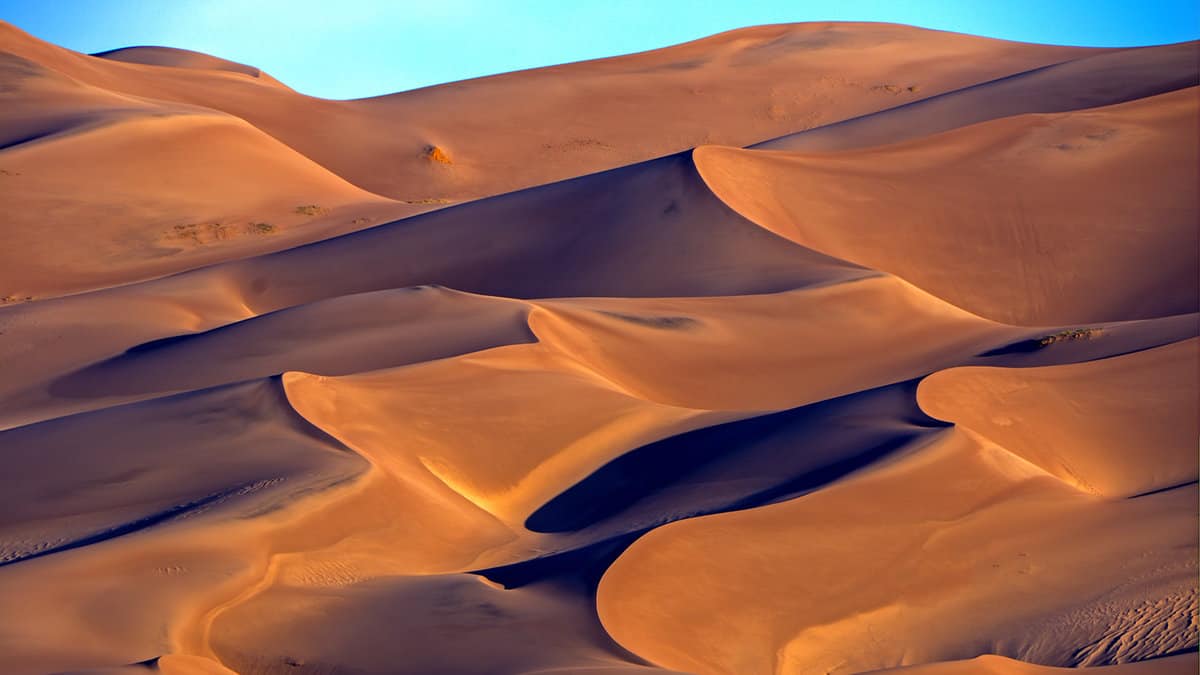
Established as a national park in 2004, it houses the tallest sand dunes in North America.
The nearest major airport is in Colorado Springs, with car rentals available for the drive to the park.
Activities like sandboarding, sand sledding, and hiking are popular, while Medano Creek offers a refreshing retreat in the summer months.
The park's diverse habitats support wildlife such as mule deer, elk, and various bird species.
Checking the weather forecast for wind conditions and bringing sunglasses and sunscreen are prudent measures for a visit to this unique national park.
To delve into the intriguing backstory of sunscreen, which will be a handy companion on your visit, explore this article titled Safety In The Sunshine State: How Suntan Lotion Was Invented In Florida.
Ready for a Rocky Mountain Adventure?
After reading about these six amazing parks, can you see just how incredible the Rockies are?
Each national park has its own charm, be it geysers, ancient rocks, or expansive landscapes. It's more than just a trip—an opportunity to make lasting memories.
And we bet the Rockies will always beckon you back for more once you've been.





Motorcycle ride again, early Sep, WY, SD, CO. Tent and hotel.
Perfect! Drive safely and enjoy the ride!
Information and maps about these national parks please?
Hi Larry,
Working on that as a separate downloadable PDF! I work on these itineraries myself, and currently focusing on the Southwest circuit, but the Rockies would be next!
You can find more information on some of these parks on our site. Maps and itineraries coming soon! Meanwhile –
11 Tried-and-True Tips for Glacier National Park
Glacier National Park Itinerary for 3 Days
Top 10 Things to Do in Yellowstone National Park (With Photos)
Please send me the map for this trip.
Coming soon!
Planning a trip this summer to these places